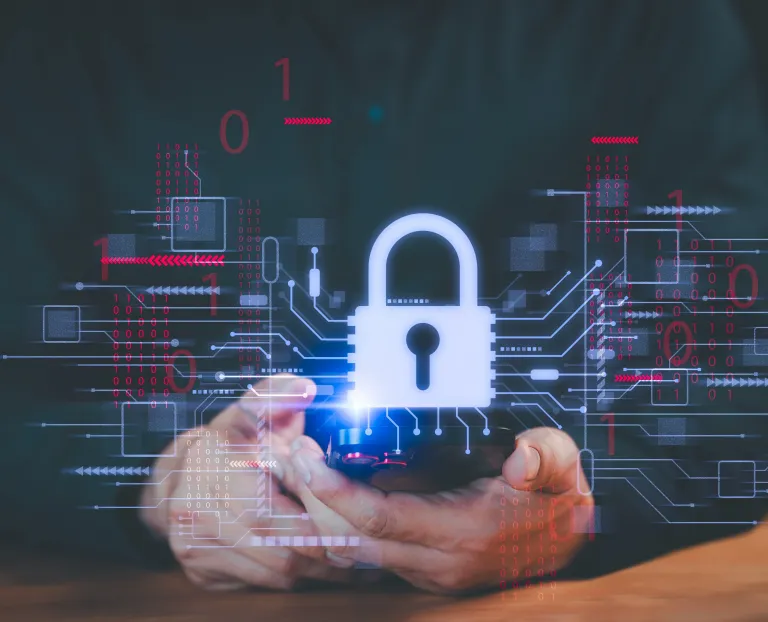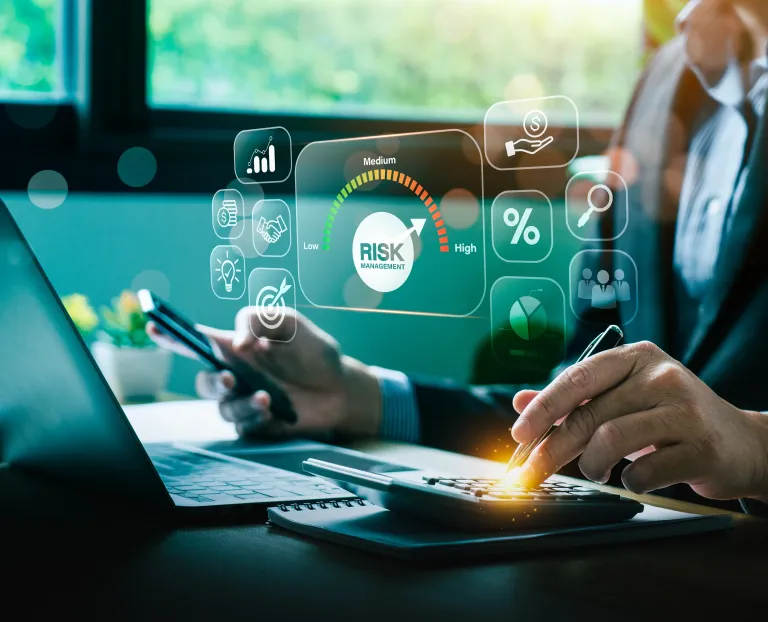Introduction
Institutional adoption of digital assets has been accelerating rapidly in 2025. While cryptocurrencies have historically been met with scepticism and scrutiny, the technology behind digital assets is now recognised as a legitimate force in the financial sector. The path has not been straightforward, but the momentum is undeniable.
The Shifting Narrative: From Doubt to Demand
Bitcoin, hailed as the first implementation of blockchain, has captured the imagination of both advocates and critics. Jamie Dimon, CEO of JPMorgan Chase (JPM), who once dismissed bitcoin as a “fraud” and “worthless”, now permits JPM's clients to buy bitcoin, and is even reported to be considering offering loans backed by cryptocurrency holdings. While Dimon retains a measure of scepticism, his change of heart is emblematic of a broader shift in institutional attitudes, driven by increasing market demand and the growing legitimacy of digital assets in mainstream finance.
What’s Driving Adoption?
1. Regulatory Clarity
The introduction of thoughtful and robust frameworks, standards and regulations, is a signal that digital assets are here to stay. Regulatory measures not only provide legal certainty but also help to foster responsible innovation and ultimately add measures of protection for investors.
Europe: Leading with MiCAR
The European Union’s Markets in Crypto-Assets Regulation (MiCAR) stands as the first major unified approach to regulating crypto-assets and the service providers that service them. Fully operational since January 2025, MiCAR is designed to foster confidence, encourage innovation, and support the sustainable growth of digital finance across Europe.
Hailed by many as a ‘landmark law’ it provides legal certainty and harmonisation, aiming to bring stability and create a fairer investment environment across the European digital asset market. The EU is aiming to simplify the regulatory landscape and lower barriers to entry, which in turn is expected to fuel investment and boost institutional adoption.
United States: A New Direction
While the US currently lacks an equivalent to MiCAR, recent legislative and executive actions under Trump have signalled a decisive shift towards full-scale adoption. The Biden administration’s hostile and somewhat confusing approach to digital assets was primarily wielded through the SEC’s policy of regulation by enforcement. This has given way to an all-out embrace of the technology and asset class, with President Trump, pledging to make America “the undisputed Bitcoin superpower and the crypto capital of the world.”
Recent notable developments include:
- Passing of The CLARITY act, building on the Financial Innovation and Technology for the 21st Century Act (FIT21). It has the objective of achieving three primary goals:
- To clarify the distinction between a digital security and a commodity.
- To determine agency oversight, specifically whether the Securities and Exchange Commission (SEC) or the Commodities Futures and Trading Commission (CFTC) will have jurisdiction.
- To establish a legal lexicon, defining terms such as blockchain and digital asset, thereby ensuring standardisation across legal frameworks.
- Passing of The Guiding and Establishing National Innovation for U.S. Stablecoins Act of 2025[HJ1] [HJ2] (GENIUS Act). It establishes a clear federal framework for regulating payment stablecoins, while paving the way for greater competition and innovation in digital payments
- Repeal of SEC's SAB 121, which required custodians to report digital assets they held as both assets and liabilities on their balance sheets, thus making custody commercially viable again.
- Repeal of Special Purpose Broker Dealer (SPBD) framework opens up crypto custody to broker-dealers who can now hold crypto assets. This includes digital assets classified as securities, under the standard broker-dealer framework, removing the need for a separate SPBD structure. Also, DeFi platforms operating as noncustodial brokers of digital assets are no longer considered in scope, and therefore will not have to report transactions.
Asia: Regulatory Innovation
Middle East:
The UAE is at the forefront of digital asset adoption in the Middle East, with forward-thinking frameworks across major financial centres. The Abu Dhabi Global Market’s (ADGM) Financial Services Regulatory Authority (FSRA) has introduced immediate amendments to its Digital Asset Regulatory Framework. These changes streamline the approval of Accepted Virtual Assets (AVAs), revise capital requirements, and enhance investor protection—solidifying ADGM’s reputation as a global leader in responsible digital asset innovation.
These regulatory advances are actively attracting leading service providers and driving market activity. Zodia Custody recently received a licence to operate in the UAE, expanding its institutional-grade digital asset custody services and reinforcing the region’s appeal to global players. In parallel,enting its status as a regional hub for digital finance.
The Far East:
Hong Kong is making significant moves in the digital asset space by:
- Passing of the Stablecoins Bill (May 2025), which creates a comprehensive licensing regime for fiat-referenced stablecoin issuers - requiring them to obtain approval from the Hong Kong Monetary Authority and meet strict operational and financial standards.
- focusing on clear regulation, investor protection, expanded product offerings, technological innovation, integration with the traditional economy, and ongoing engagement with global stakeholders to foster a trusted, innovative, and sustainable digital asset hub.
- Expanding tokenisation initiatives, and encouraging tokenised ETFs.
Equally, Singapore is making significant moves in the digital asset space by:
- Expanding its territorial scope of regulation: As of June 30, 2025, all Digital Token Service Providers (DTSPs) based in Singapore must obtain a licence under the Financial Services and Markets Act (FSMA). This still applies if they offer services to overseas clients only, or cease operations in the country, with no transitional period allowed.
- Raising compliance standards: Licensed DTSPs must meet These include minimum capital requirements, a Singapore-based compliance officer, annual audits, robust anti-money laundering (AML) and counter-terrorism financing (CFT) controls, and strong cybersecurity protocols.
2. The Maturation of Technology
Technological advancements underpinning digital asset custody have been instrumental in driving institutional adoption. Innovations such as advanced cryptographic protocols like Multi-Party Computation (MPC) and AI-driven transaction analysis have improved security.
At the same time, interoperable, multi-asset custody platforms have enhanced operational flexibility. These tools enable custodians to eliminate single points of failure, monitor risks in real time, ensure compliance, and manage a diverse array of digital assets efficiently for their clients.
Furthermore, new risk-mitigation models like Off-Exchange Settlement (OES), are extending trust in the space, by allowing digital asset trades to be executed without requiring assets to leave secure, third-party custody. Instead, assets are held with a custodian, with mirrored or referenced balances reflected on the exchange or trading venue – thereby reducing settlement and counterparty risk.
3. Industry Collaboration: Bridging Traditional and Digital Finance
Collaboration is crucial in overcoming interoperability challenges.
The pilot leveraged Chainlink’s which enables seamless asset and data movements across blockchains. It also utilised SWIFT’s global financial messaging network, which connects over 11,500 institutions.
The pilot demonstrated the ability for tokenised fund transactions to settle using familiar fiat payment rails, thereby using existing infrastructure and fiat money to meet the needs of blockchain-based trading, and making settlements close to real time.
Such collaborations are bridging the technological gap between traditional finance and blockchain, aiming to
4. Real-World Utility: Tokenisation and Stablecoins
Tokenisation and stablecoins are delivering tangible benefits by making assets more accessible, liquid, and programmable.
Tokenisation is bringing increasing liquidity to traditionally illiquid assets such as property, art, and private equity. Fractionalisation extends that access further by offering unit-like ownership, thereby increasing the availability and affordability of an asset to a wider audience. One recent example of this was the sale of a tokenised property fund in Dubai, which sold out in just two minutes, demonstrating the efficiency of the model.
Meanwhile, Stablecoins, like Tether USD (USDT) offer a stable, convenient means of transacting globally on blockchain rails, while eliminating one's exposure to the volatility that cryptocurrencies traditionally face. Stablecoins are helping to bypass traditional banking constraints (limited operating hours), by effectively offering near-real time low-cost payments.
Furthermore, they are increasingly being recognised as a quality source of liquid collateral, given the reserves that back them are typically comprised of U.S. Treasuries. As such, they are being widely adopted for payment and treasury operations, enabling institutions to maximise efficiency and opportunities across the industry.
Conclusion
The global digital asset landscape is evolving rapidly, propelled by increasing regulatory clarity, technological innovation, and industry collaboration. As frameworks mature and institutional confidence grows, digital assets are poised to become an integral part of the global financial ecosystem. This financial revolution is being led by businesses that are engaging, adapting, and leading the market. However, for institutions with fiduciary responsibilities such as digital asset custodians, these innovations necessitate robust, real-time oversight mechanisms to ensure that stablecoins and tokenised assets remain secure and compliant – thereby supporting their proliferation in the securities industry.






